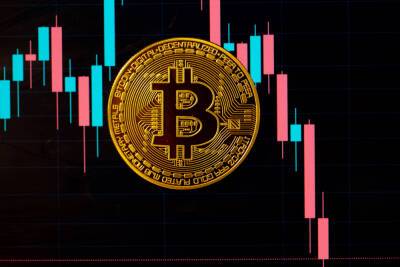Bitcoin’s last security challenge: Simplicity
It’s been just 13 years since Bitcoin’s (BTC) “Mayflower moment,” when a tiny handful of intrepid travelers chose to turn their back on the Fiat Empire and strike out to a new land of financial self-sovereignty. But, whereas it took 150 years for the American colonists to grow sufficient in number to throw off the yoke of unrepresentative government, the Republic of Bitcoin has gone from Pilgrims to Revolutionary Army in little over a decade.
What sort of people are these new Bitcoiners? How do their character, demographics and technical knowledge differ from earlier adopters? Is “Generation Bitcoin” sufficiently prepared to protect their investment against current and future security threats? And, most importantly, what are the challenges that the rapidly growing community must urgently address to secure the success of our revolution?
Who are today’s Bitcoiners? While we don’t know precisely, we can see some high-level trends.
These changes can be charted in a number of ways. First, there’s unempirical but still valuable anecdotal evidence such as more diversity among attendees at industry events and more women in senior industry roles.
Related: 10 women who used crypto to make a difference in 2021
Then, there’s publicly available data, such as the number of corporations holding Bitcoin on their balance sheet. Years ago, pioneers like MicroStrategy would have been mocked. Today, a growing range of public and private businesses (as well as countries) hold part of their treasuries in Bitcoin, and a wave of miners have gone public.
Most importantly, the available data on private individuals shows that the old stereotypes are also changing fast. In the United Kingdom, for example, the proportion of investors over 55 holding
Read more on cointelegraph.com





















